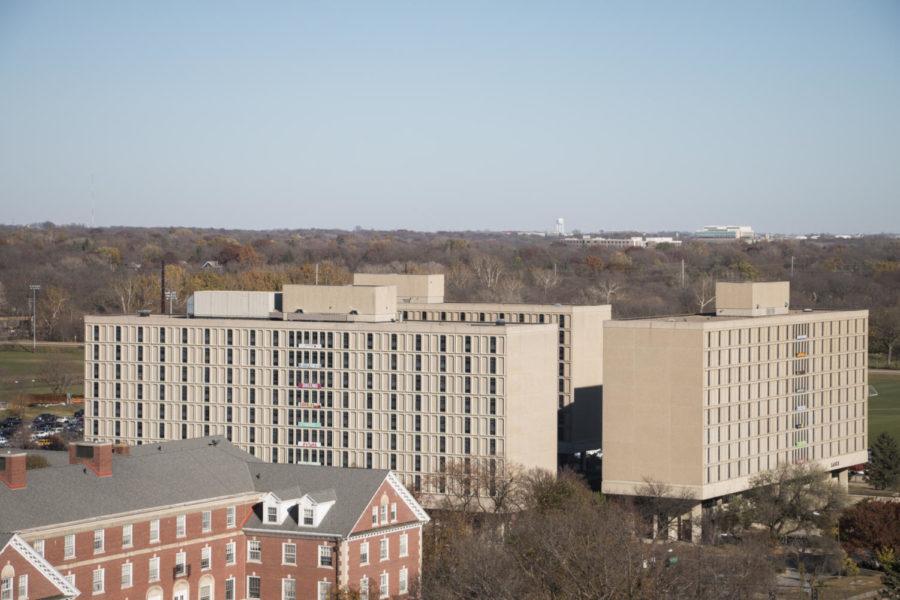Metals artist to speak at Brunnier
September 12, 2001
Although contemporary metals artist Thomas Stancliffe is speaking at the Brunnier Art Museum, his message will appeal to more than just artists.
“I think it will be not only of interest to people in art but also people in construction, in metal engineering and people interested in Reiman Gardens,” says Matthew DeLay, curator of education for university museums.
Stancliffe, an artist and instructor at the University of Northern Iowa, will be delivering a speech titled “Contemporary Artists Working in Metal” Thursday at the Brunnier.
The speech, which is an installment of the Big Brain Caf‚ series, is in conjunction with the Brunnier’s current exhibition, “An American Sculptor: Seymour Lipton,” and will begin at 7 p.m.
“He’s going to talk about being a practicing artist who has public commissions. It’s going to be informal, it’s going to be fun, and we’ll take a look at his career,” says DeLay.
Stancliffe received his master’s degree in sculpture from Northern Illinois University in 1982 and started teaching at Eastern Illinois University the same year. He taught at various universities in Illinois until he began teaching at the University of Northern Iowa in 1988.
Two pieces of Stancliffe’s contemporary-style metal work can be found at Reiman Gardens as a part of Iowa State’s Art on Campus Collection.
The sculptures, Dikhotomia and Pediment, were commissioned in 1995. Dikhotomia represents a dialogue between agriculture and horticulture and is located at the north entry of the gardens, according to the Art on Campus Web site.
Pediment, which fittingly is a stylized bronze and cedar pediment arching across the Rose Garden entry, is an ode to the architecture and landscape of the rural Midwest, according to the Web site.
“Our Big Brain Caf‚ series is designed to educate and introduce students and the public to artists and their craft. I think this series really aims to provide real work applications to students and the public,” says Rachel Hampton, information and collections manager for the Brunnier.
“They do talk about their craft but also how they are able to accomplish their craft.”
Stancliffe was chosen to speak because his artistic experience ties in well with the Lipton exhibit at the Brunnier, says DeLay.
“It’s an association with material; the sculptures that are in exhibition by Seymour Lipton are metal and Stancliffe is also an artist who works in metal,” he says.
“One component might be that we’ll walk around and look at the pieces and he’ll tell us how they are made,” says DeLay.
The presentation should last about an hour and should be both an entertaining and educational experience, says DeLay.
















